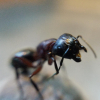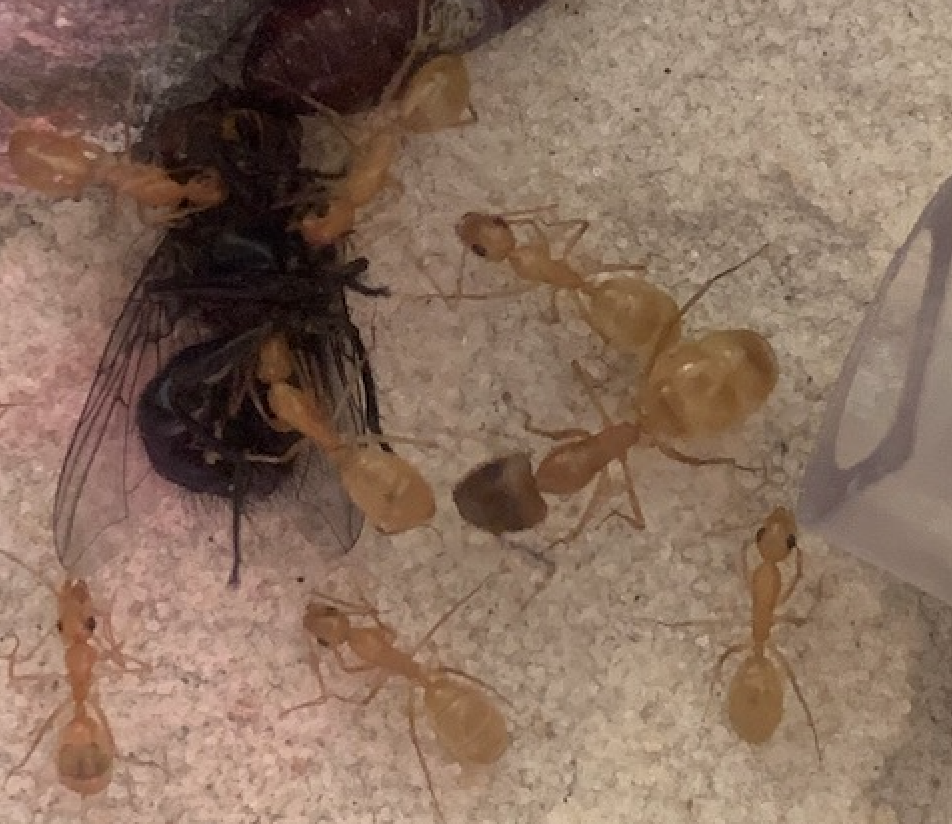Canadant, on 09 Apr 2020 - 11:16 PM, said:
Nare, on 09 Apr 2020 - 5:39 PM, said:



No macro lens here either, I find unfortunately THA formicaria are too deep for the macro to focus. Fortunately with more light, pictures with just a phone camera can turn out alright. These are a few pics of some of the majors in my colony, I think a couple of them are laying eggs.
I think this is my only species w/ majors, Formica can get some really big workers, same with Pogonomyrmex but I don't have any of those yet. Might update when I get some.
Those are with a phone? Which one? They're great.
Thanks! It's a Samsung Galaxy S9. It helps that they're in a nest with museum glass, so there's little to no glare. I'm also shining a flashlight on them, which really helps the photos come out nice and crisp. The other trick with a phone is to try and avoid zooming on the phone, as that reduces the resolution of the image. I've heard it's best to crop afterwards if you want to focus on something in particular.
FSTP, on 09 Apr 2020 - 11:02 PM, said:
Have any of those egges eclosed? are they maturing into drones?
No drones yet, but there are some pretty big larvae already... I think they'll be hungry for protein, so I should probably give them a roach or something.




























